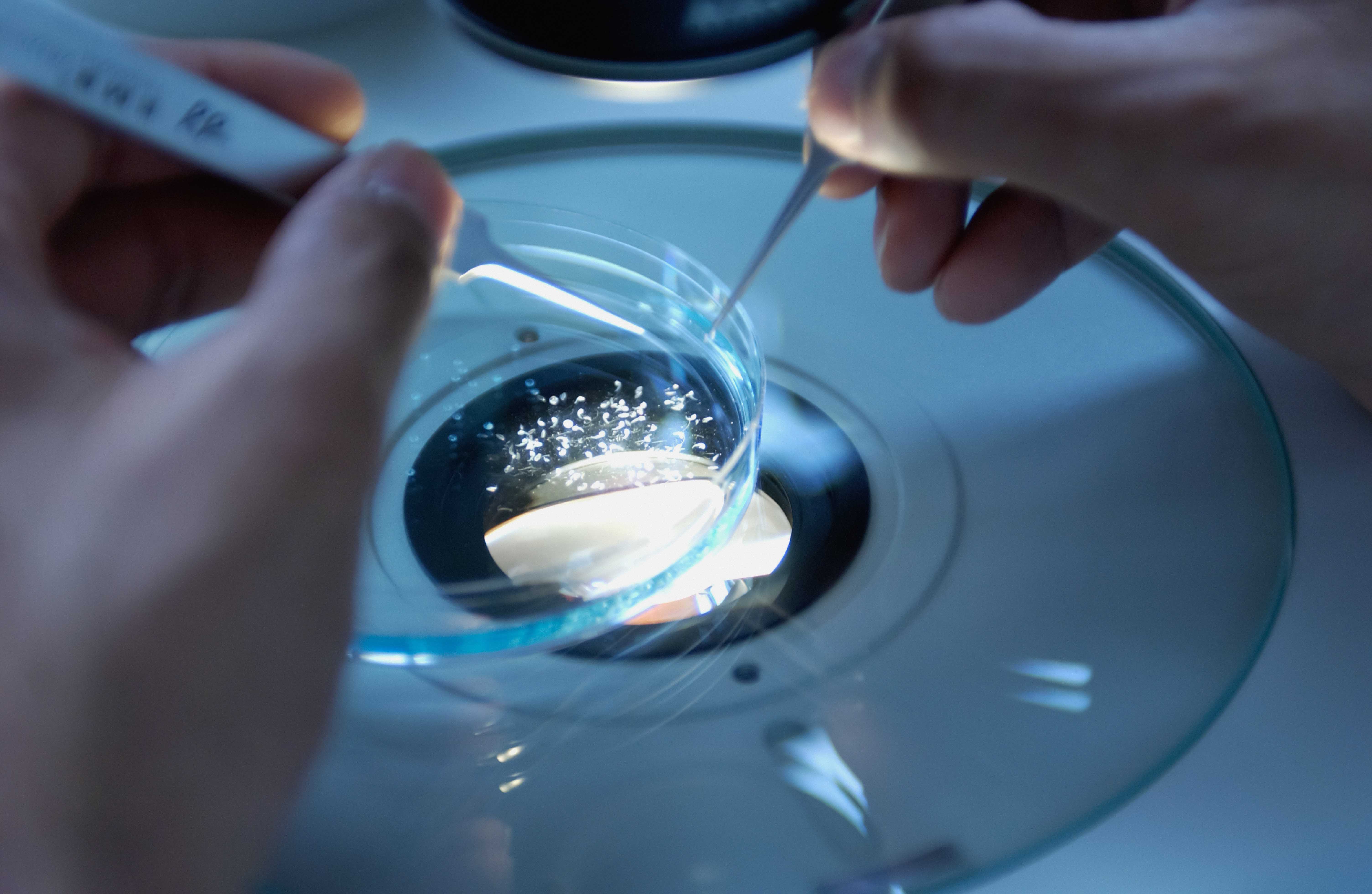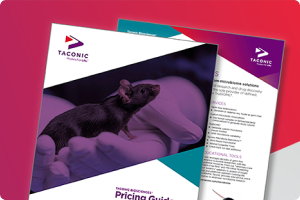| Model No. | Nomenclature | Genotype |
|---|---|---|
| 16356 | C57BL/6NTac-Myd88em1Tac | Inquire for genotype |
Myd88

- Description
- Price & Licensing
- Overview
- Genetics
- Guides & Publications
- Transit, Housing & Welfare
- Diet
Overview
Nomenclature: C57BL/6NTac-Myd88em1Tac
- Carries a deletion of exon 2 and 3 of Myd88 gene.
- The deletion removes the intermediate domain and part of the TIR domain, generating a frameshift from exon 1 to exon 4 (premature Stop codon in exon 5).
- Homozygous mice should not produce any Myd88 protein.
- This model is useful for studying an innate and adaptive immune response as Myd88 is part of the IL-1 receptor (IL-1R), IL-18R, and most of Toll-like receptor (TLR) signaling pathways regulating pro-inflammatory response.
- Deletion of Myd88 in the central nervous system (CNS) protects from HFD-induced impairment of peripheral glucose metabolism (Cell Metabolism 2009, 10 (4), 249-259).
- TLR4 signaling dependence on Myd88 varies between NASH (Myd88-dependent) and ASH (Myd88-independent) (JCI Insight 2017, 2 (17), 95354).
- Lack of Myd88 in Sjögren's syndrome mice reduces inflammation and prevents a loss of saliva (Journal of Leukocyte Biology 2017, 102 (6), 1411-1420).
- Humans with lack of MYD88 suffer from recurrent pyogenic bacterial infections (Science 2008, 321 (5889), 691-696).
Orders by weight: Taconic cannot accept orders by weight for this model. Please note that shipments may contain animals with a larger weight variation.
Origin
The Myd88 knockout mouse was developed by Taconic Biosciences. The model was created through CRISPR/Cas9-mediated gene editing to delete exons 2 and 3 of Myd88. Targeting occurred in C57BL/6NTac embryos. The selected G1 founder was screened for off-target effects and the targeted locus was sequenced to confirm targeting specificity. Heterozygous animals were intercrossed to generate homozygous mice. Homozygous matings are possible.
This model is cryopreserved and available for recovery. Models can typically be recovered and delivered to customers within 14-16 weeks after order receipt. Purchase of this model includes perpetual use rights and a deliverable of four mutant animals at the Murine Pathogen Free™ health standard along with a genotyping protocol. For models which include a recombinase gene or multiple alleles, all alleles will be provided, but individual animals may not contain all mutant alleles.
Taconic’s Colony Management experts can design a plan to grow your colony faster.
Genetics
Guides & Publications
Initial Publication:
There is no specific publication describing the generation of these mice, but multiple publications exist demonstrating applications using similar models. See reference list.
Other Publications:
- Kleinridders, A.; Schenten, D.; Könner, A. C.; Belgardt, B. F.; Mauer, J.; Okamura, T.; Wunderlich, F. T.; Medzhitov, R.; Brüning, J. C. Cell Metabolism 2009, 10 (4), 249–259.
- Greuter, T.; Malhi, H.; Gores, G. J.; Shah, V. H. JCI Insight 2017, 2 (17), 95354.
- Kiripolsky, J.; Mccabe, L. G.; Gaile, D. P.; Kramer, J. M. Journal of Leukocyte Biology 2017, 102 (6), 1411–1420.
- von Bernuth, H.; Picard, C.; Jin, Z.; Pankla, R.; Xiao, H.; Ku, CL.; Chrabieh, M.; Mustapha, I.B.; Ghandil, P.; Camcioglu, Y.; Vasconcelos, J.; Sirvent, N.; Guedes, M.; Vitor, A.B.; Herrero-Mata, M.J.; Aróstegui, J.I.; Rodrigo, C.; Alsina, L.; Ruiz-Ortiz, E.; Juan, M.; Fortuny, C.; Yagüe, J.; Antón, J.; Pascal, M.; Chang, H.H.; Janniere, L.; Rose, Y.; Garty, B.Z.; Chapel, H.; Issekutz, A.; Maródi, L.; Rodriguez-Gallego, C.; Banchereau, J.; Abel, L.; Li, X.; Chaussabel, D.; Puel, A.; Casanova, J.L. Science 2008, 321 (5889), 691-696.
Transit, Housing & Welfare
Need more info? Click the live chat button or Contact Us
Diet
- Licensing
- Pricing - USD
- Pricing - EUR
- Select my Health Standard
- Get Custom Pricing Guide
Myd88
This model is sold under terms which grant perpetual use rights.
Pricing - USD
16356
| Item | Commercial | Nonprofit |
|---|---|---|
| Cryopreserved Model | $23,100.00 | $17,325.00 |
Cryopreserved models are invoiced upon shipment of recovered animals. Once orders are placed, the full purchase price will be applied if the order is canceled. For orders greater than 4 animals, please contact Taconic for options.
Fees for Taconic Transit Cages™ and freight are in addition to the price above.
Pricing - EUR
16356
| Item | Commercial | Nonprofit |
|---|---|---|
| Cryopreserved Model | €21.000,00 | €15.855,00 |
Cryopreserved models are invoiced upon shipment of recovered animals. Once orders are placed, the full purchase price will be applied if the order is canceled. For orders greater than 4 animals, please contact Taconic for options.
Fees for Taconic Transit Cages™ and freight are in addition to the price above.
Select my Health Standard
Need help choosing the right Taconic Biosciences health standard for your research?
Use the Health Standard Selector to enter your exclusion list. The tool will tell you which health standards meet your requirements.
Get custom pricing guide
Schedule A Scientific Consultation
Speak with a PhD-level Field Application Scientist who can help you select the most appropriate model and maximize your experimental success.






.jpg)
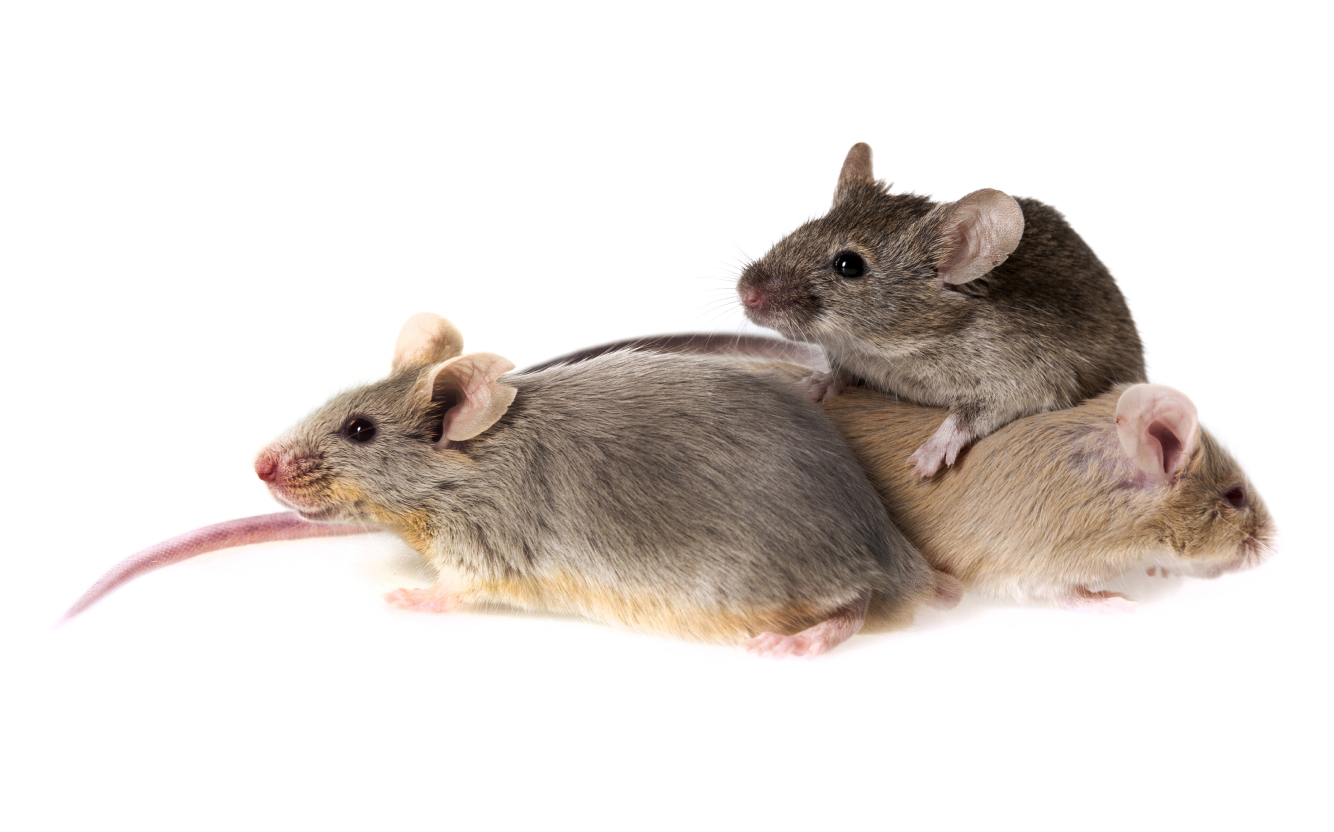
.jpg)
.jpg)
.jpg)
.jpg)





.jpg)
.jpg)


.jpg)
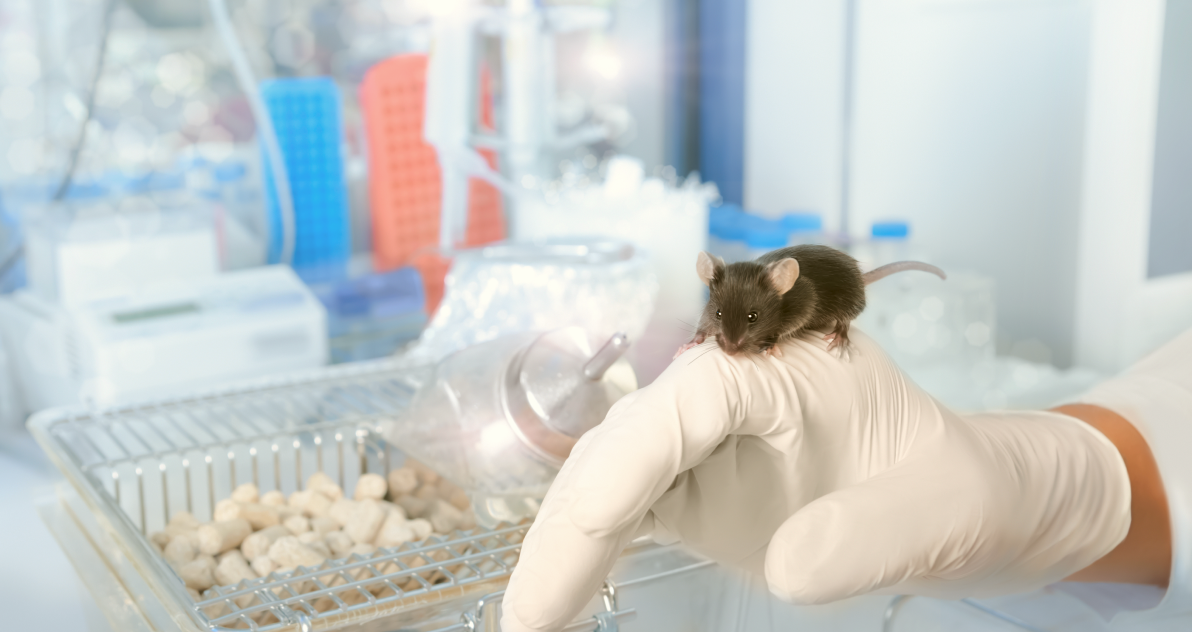
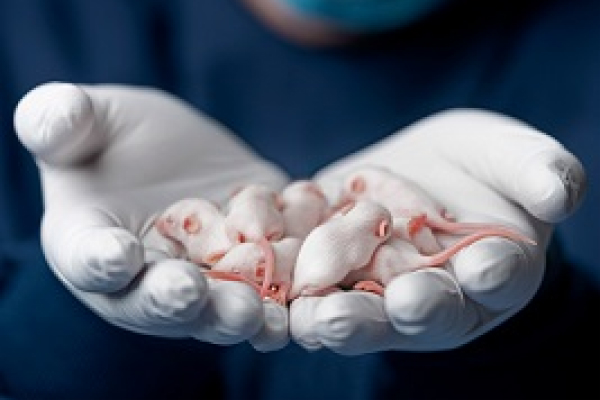

.jpg)




.jpg)

.jpg)
.jpg)
